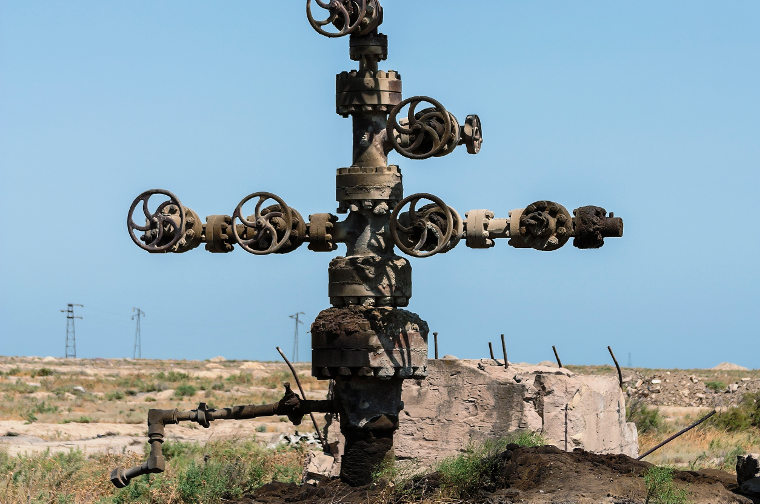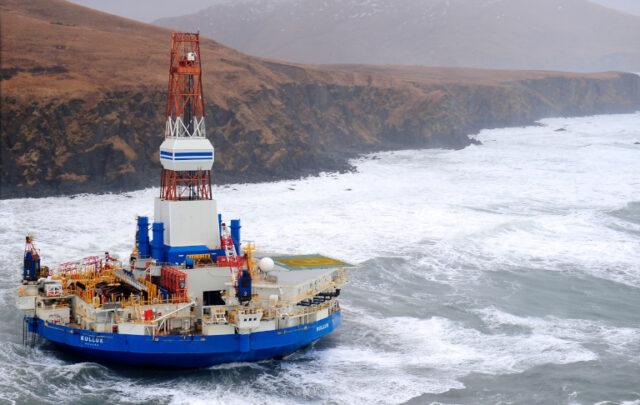It is a sign of the times that the largest oil company in the world, Saudi Aramco, the state oil company of the Kingdom of Saudi Arabia, must borrow money to pay its shareholder dividend. I have written about the twice-delayed and often troubled initial public offering of the company previously (here and here).
Now it seems that the cash which the company is generating from operations is far less than the dividend payout—which leaves nothing for new drilling to replace reserves and other capital expenditures needed to keep the company going. Hence, the need to borrow.
All of this is due, in part, to low oil prices. And, the Saudis are not the only ones suffering, of course. U.S. producers, mostly those focused on high-cost shale deposits, continue to head toward bankruptcy or merge with other stronger companies. Another part of the equation is heavy debt. Naive investors kept handing over fresh capital, oblivious to the fact that the shale oil and gas industry as a whole has been free cash flow negative for years. That’s okay for a few years, but as a long-run strategy it means a company is simply consuming the capital of its investors.
So, what does this mean for the economy and society as a whole? Normally, such developments, while bad for the industry, would be interpreted as a boon for the rest of society. After all, cheap energy means cheap fuel for consumers and business owners and more money to spend on other things. It also means lower costs for everything we make and buy since all products require energy to produce.
So, how could the trouble in the oil industry make trouble for the rest of us? Of course, for countries heavily dependent on oil revenues such as Saudi Arabia, Kuwait, Iran, Nigeria, Mexico and a slew of others, government and personal incomes are shrinking when the need for government assistance is growing, especially in the face of the worldwide economic crunch resulting from the pandemic.
For the rest of us who are consumers rather than producers, low prices which seem felicitous now could foreshadow instability and trouble ahead. The world still depends on oil for about one-third of its energy needs. Oil production (defined as crude oil including lease condensate) has been in decline since well before the pandemic, namely, since November 2018. With the onset of the pandemic, production plunged as demand careened downward in response to the shuttering of vast parts of the world economy to fight the pandemic. Production has recovered as demand rebounded, but it remains significantly below the peak of late 2018.
It turns out that oil prices this low cannot make enough of the oil left to drill in the world profitable. Much of what’s left comes in the form of offshore fields, arctic deposits, and shale deposits, all of which have high costs of development. Companies are not going to make significant new investments in raising production until they can see sustained prices that are much higher. In the meantime, production will tick down as depletion continues to overcome new well production.
Where will it end? Petroleum geologist and consultant Art Berman believes that U.S. oil production will be 5 million barrels below government estimates by July 2021 as U.S. shale production declines rapidly without renewed investment. He has logic on his side. Right now less than a third of the rigs needed to maintain U.S. production are deployed. Even if that number climbs from here, it is already baked in the cake that U.S. production will fall precipitously in the coming year.
This matters because the United States has contributed to 73 percent of all global growth in oil supplies since 2008. In 2018 it contributed 98 percent. Production declines in the United States matter as the rest of oil-producing world in aggregate is just treading water.
If production ticks down and the economy continues to sputter, oil prices may remain low. But at some point production levels will dip below demand and oil prices will likely spike. If the economy recovers gradually and continuously, that could support higher prices for a while. But the main problem is that oil prices high enough to support sustained development of new high-cost resources may not be affordable for consumers. Prices above $80 per barrel could be a significant drag, and prices needed for deepwater development (water more than 600 feet deep) where much of the large resources remain may need to be well above $100 per barrel on a sustained basis.
So, the pattern could be a spike in oil prices, followed by renewed weakness in the world economy, followed by continuing decline in production, followed by another spike and so on. Writer Gail Tverberg has been suggesting a future just like this for many years. It may be arriving as I write.
The time to have prepared for such a world was the last 10 years. Instead, we pretended that the shale oil boom would go on for decades and that we therefore did not need to think about our energy future, that is, we didn’t need to move forward with alternatives at a scale that would make up for a future of declining oil availability. Now that future is upon us and we are in no wise prepared.
Photo: Abandoned oil-distribution unit, in old oil fields of Azerbaijan (2016) AlixSaz. https://commons.wikimedia.org/wiki/File:Abandoned_oil-distribution_unit.jpg






